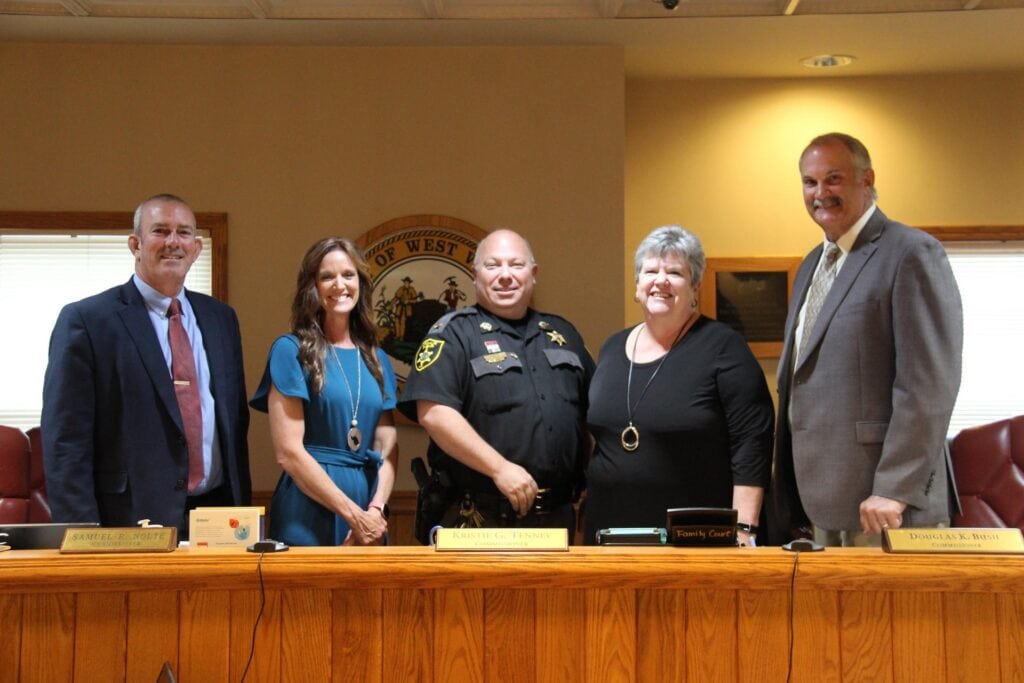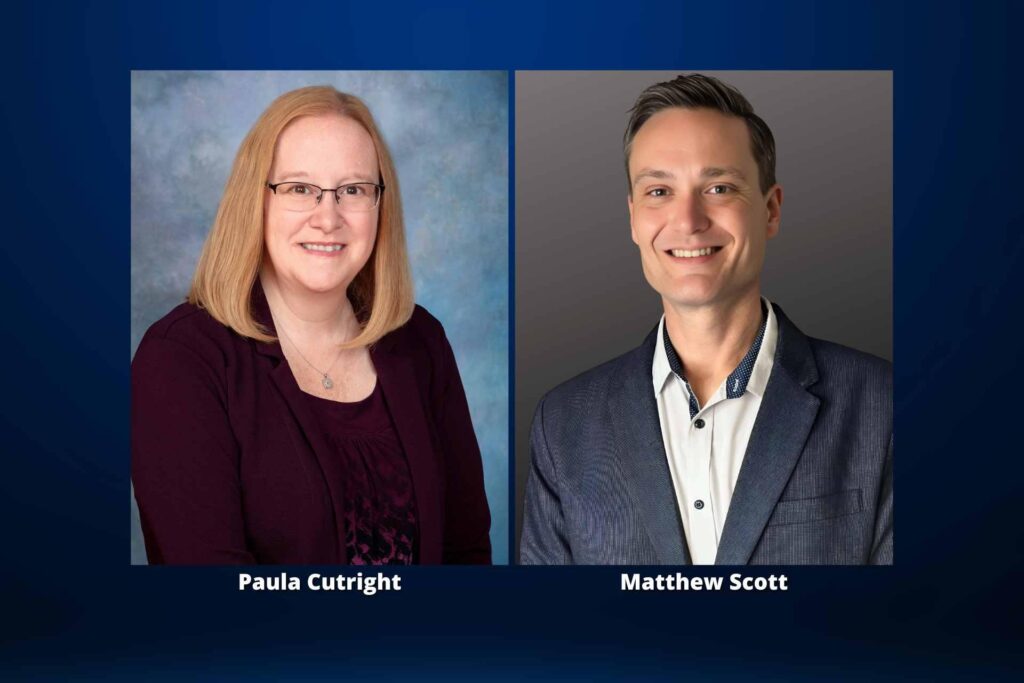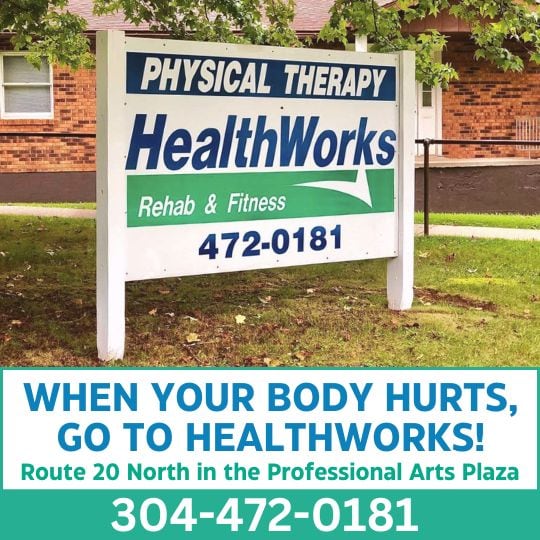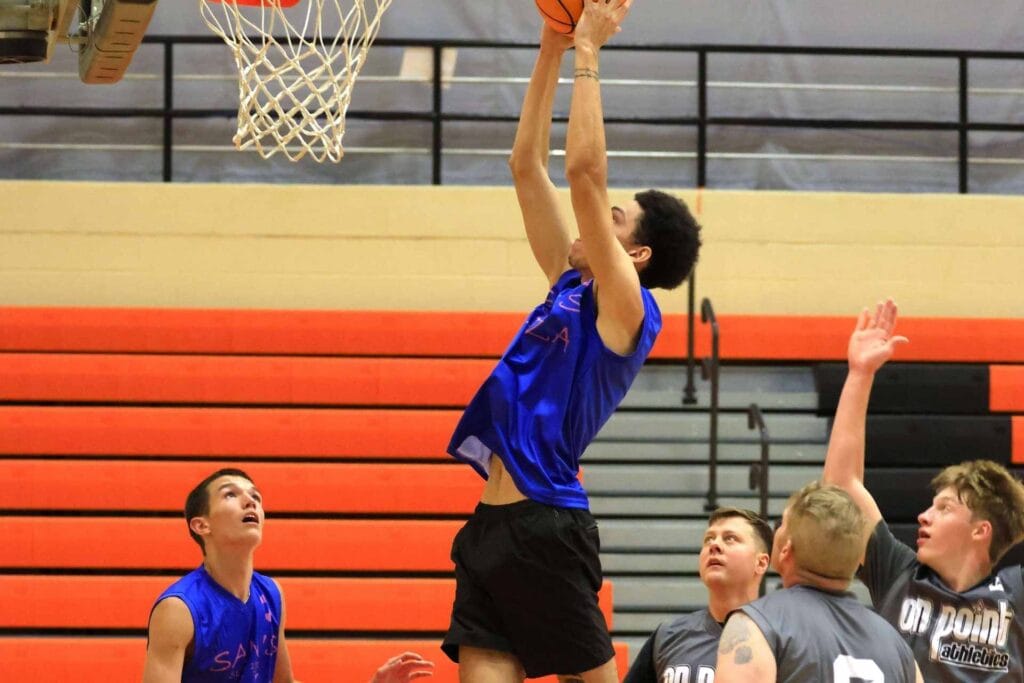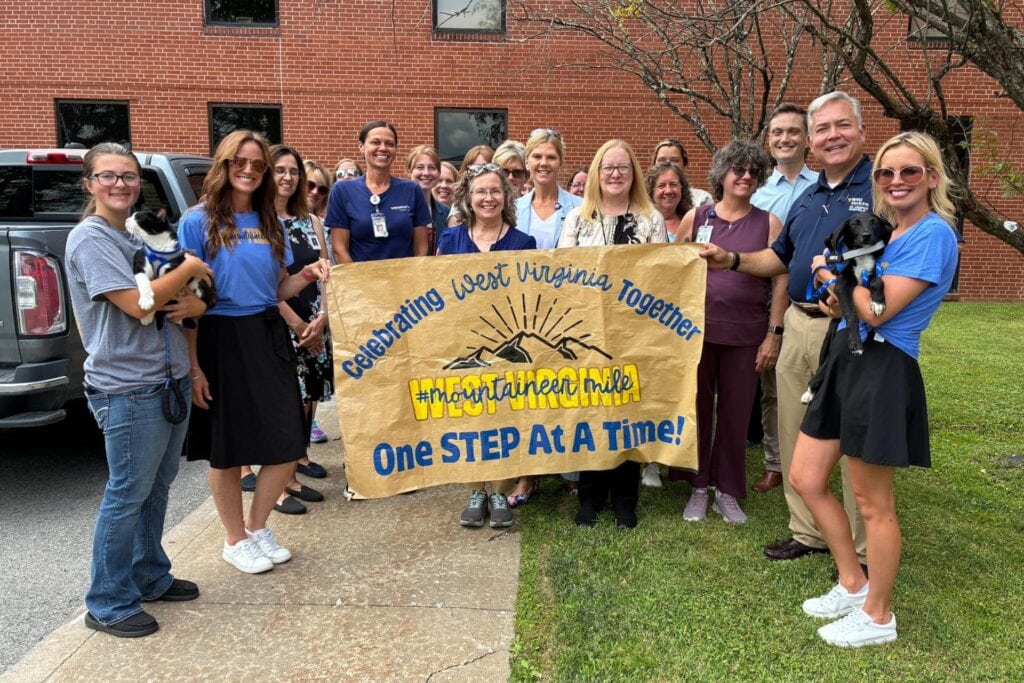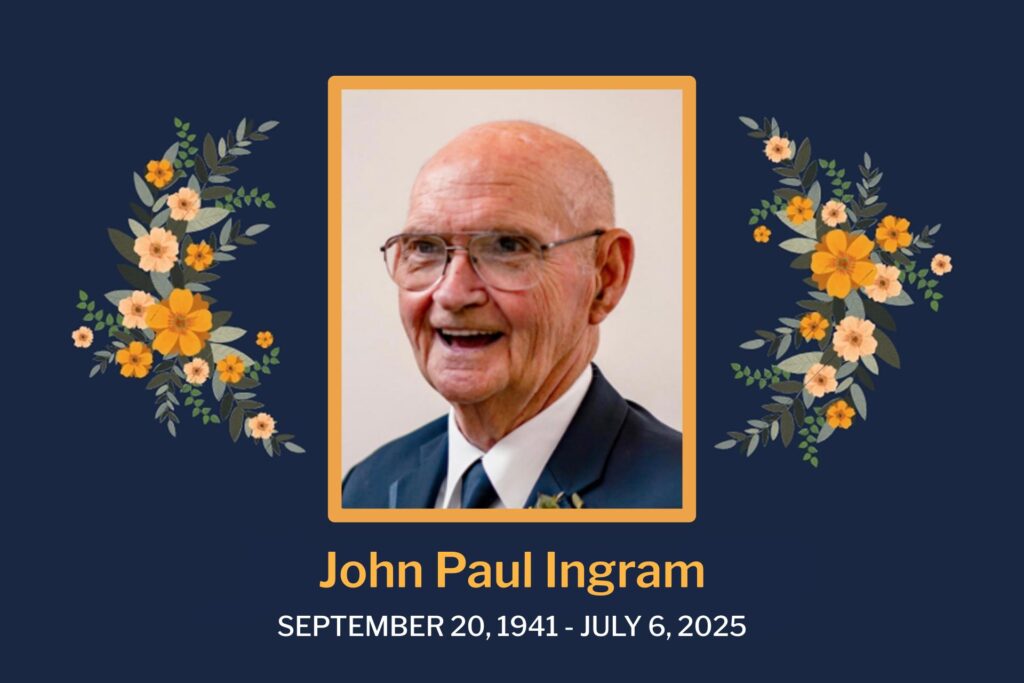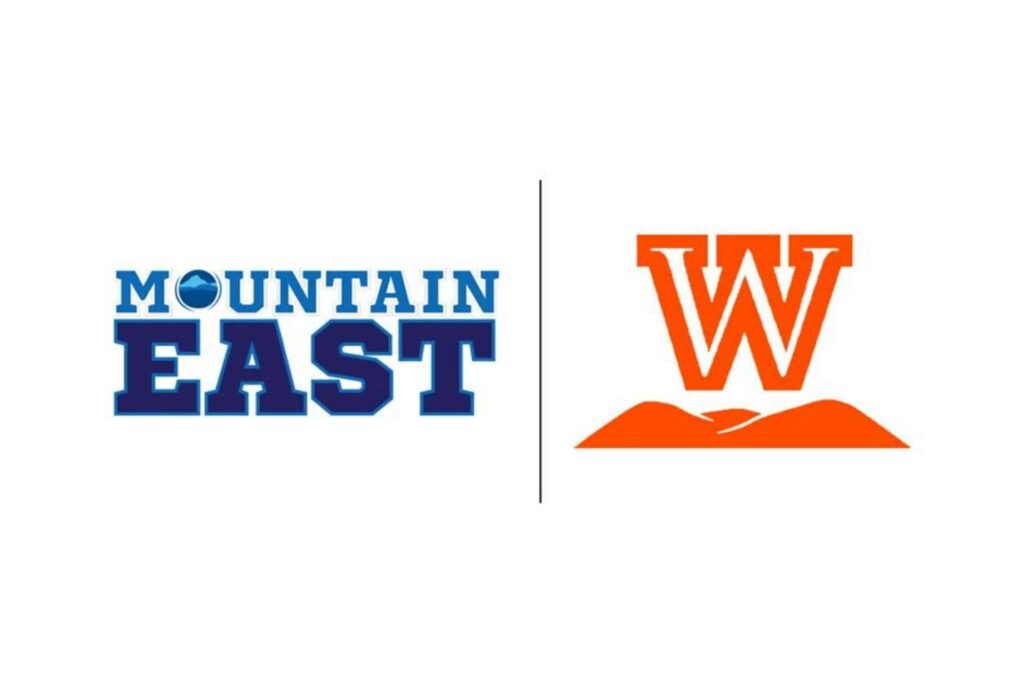Editor’s note: This story was originally published by Mountain State Spotlight. Get stories like this delivered to your email inbox once a week; sign up for the free newsletter at mountainstatespotlight.org/newsletter.
By Erin Beck, Mountain State Spotlight
SALEM — Salem Elementary School always felt like home to Angel Smith and Joshua Griffin.
Smith remembers adventures looking for bugs on the trail behind the school. Classes were small, and her classmates were people she’d grown up with. There were teachers who’d spend their own money on pizza for the class and took extra time with her on more difficult subjects.
Now a mother, she had hoped her nine-month-old son would get to have a similar experience.
“I want him to be able to go up to Salem, right where I went,” she said.
Griffin said he struggled in school, but his time at Salem was a bright spot where teachers gave him more personal attention — attention that was tougher to come by in high school.
“The larger the classes got, the harder it was to actually get that individual help,” he said.
Now, following a school board vote, Salem Elementary and other Harrison County schools are expected to consolidate, and bigger schools and classrooms will result. County officials say the main reason for the consolidation is staff vacancies — and the problem is compounded by fewer students due in part to new state laws encouraging students to transfer to private schools and homeschooling.
Under the plan approved by the county, six schools will be combined into three buildings. While the other consolidating schools are all in Clarksburg, Salem will be left without a school. If state educational officials approve the plan, it would be implemented in the 2025-2026 school year.
Harrison County Board of Education President Gary Hamrick said that fewer teachers are entering the workforce, adding that state lawmakers have devalued teaching degrees by making it easier to obtain alternative certifications. He also said teacher shortages have become worse over the years; some schools are reliant on long-term substitutes, and some days, no substitute is available at all.
“And then it puts the onus on the permanent teachers there to cover a couple classrooms, just to make it through the day,” he said.
Meanwhile, Harrison County is struggling with people moving away and an aging population, even as other recent laws are making it easier for students to leave public school for virtual schools, charter schools and homeschooling.
Now, Hamrick said the school board has no choice but to try to prevent future funding deficits by increasing class sizes — some currently only have around ten students.
“Our primary concern is making sure that we educate the students and do it in a way that there’s not an extra burden on the taxpayers,” Hamrick said.
Harrison County Superintendent Dora Stutler and her office’s spokesperson didn’t respond to multiple requests for comment, including requests for records supporting stated rationale for the plan.
But Ryan Deems, a teacher at Mountaineer Middle School and president of the Harrison County Education Association, confirmed teachers are leaving the profession. He said the reasons include stress from working with kids with behavior problems, burnout from covering multiple classrooms and low pay.
“Most of my personal friends are teachers,” he said. “And I’m not sure I could name a teacher who hasn’t looked at leaving.”
And some kids are leaving too. In 2021, lawmakers created the Hope Scholarship program to allow students to leave public schools and use the state funding allocated for them on other options, including private schools and homeschooling.
Josiah Batten, headmaster of Emmanuel Christian School in Clarksburg, said his school saw an increase in enrollment from about 60 students last year to 95 this year, in large part due to the Hope Scholarship. After the state pays nearly $5,000 a year per child, parents are responsible for about $500 more for the school’s tuition.
Batten said parents tell him public schools don’t reflect their conservative values, and they thought discipline issues at these schools were going unaddressed. He said because Emmanuel administrators believe parents have a Biblical right to be the educators of their children, parents and teachers work together when discipline is needed.
“If a kid is engaging in what we typically call attention-seeking behaviors, it’s because they need attention,” he said.
He said he knows many local families who’ve decided another alternative educational path, homeschooling, is best for their children.
But even though small private schools and homeschooling can provide individualized attention, Emily Sendling and Wayne Shuman found that in public school, too — and they worry the pending consolidation will change the feel of their close-knit community.
Sendling and Shuman are 11th graders at Liberty High, which would be combined with another Clarksburg high school — Robert C. Byrd — if the state approves the consolidation plan. The new school would have more than 1,000 students, which they worry will be overwhelming.
Over lunch at T&L Hot Dogs, Sendling, Shuman, and Liberty cross country coach Jerry Burgess recalled sporting events at the high school with stands filled with supporters.
Burgess, who has coached at multiple schools, said students surround him wanting photos with him at games.
“That’s never happened anywhere else,” he said.
While Shuman will have graduated by the time the proposed consolidations take place, he worries about his younger sister, who has a developmental disability. When consolidation plans were announced, one of the special education teachers who helped his sister left in fear for her job.
“I can tell you, if this was reversed, teachers would come back,” Burgess said.
Right now, Shuman’s sister is a sophomore at Liberty, and the small class sizes mean she gets support and one-on-one attention. But all three agreed that attention might be harder to come by when the size of the school more than doubles.
“She’d get swallowed,” Burgess said.



